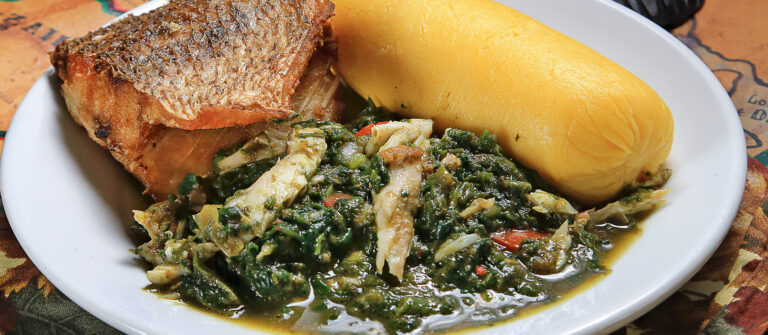Introduction: Dining in São Tomé and Príncipe
São Tomé and Príncipe is a small island nation located off the west coast of Africa. It has a rich history and culture, which is reflected in its cuisine. The food in São Tomé and Príncipe is a fusion of African, Portuguese, and Brazilian influences, resulting in a unique blend of flavors and spices.
Dining in São Tomé and Príncipe is an important social activity. Meals are often shared with family and friends, and it is common for people to gather around a large table and enjoy a leisurely meal together. The food is usually prepared using fresh, locally sourced ingredients, and there are many traditional dishes and drinks to try.
The Importance of Sharing Meals in STP Culture
In São Tomé and Príncipe, sharing meals is a way to strengthen relationships and build community. It is common for people to gather around the table and share food, stories, and laughter. In fact, it is considered rude to eat alone, as it goes against the communal spirit of the culture.
Meals are often served family-style, with large platters of food placed in the center of the table for everyone to share. This encourages people to try different dishes and flavors, and it creates a sense of abundance and generosity. It is also customary to offer food to guests, even if they have already eaten, as a sign of hospitality and respect.
Traditional Foods and Drinks to Try in STP
There are many traditional foods and drinks to try in São Tomé and Príncipe. One popular dish is calulu, which is made with fish or meat, vegetables, and palm oil. Another traditional dish is feijoada, a bean stew with pork or beef. Seafood is also a staple in STP cuisine, and fresh fish and shellfish can be found in many dishes.
When it comes to drinks, there are several unique options to try. One popular beverage is djampol, which is made with ginger, lemon, and honey. Another is ginja, a liqueur made with cherry brandy and served in a chocolate cup. Coffee is also a big part of São Tomé and Príncipe’s culture, as the island nation is known for its high-quality coffee beans.
Etiquette at the Table: Dos and Don’ts in STP
When dining in São Tomé and Príncipe, there are certain etiquette rules to follow. It is considered impolite to begin eating before everyone has been served, and it is customary to wait for the host or hostess to begin eating. It is also important to use utensils properly, to avoid putting your elbows on the table, and to avoid wasting food.
One unique custom in STP is the use of banana leaves as plates. This is common in traditional restaurants and adds to the ecological aspect of the island, as the plates can be easily disposed of after use. It is also important to note that tipping is not customary in São Tomé and Príncipe, as it is seen as an insult to the host’s hospitality.
The Role of Music and Conversation in STP Dining
Dining in São Tomé and Príncipe is not just about the food, but also about the conversation and music that accompanies it. In many restaurants, live music is played during meals, adding to the festive atmosphere.
Conversation is also an important part of dining in STP. It is customary to engage in lively discussion and debate, and to share stories and experiences. This creates a sense of community and strengthens bonds between people.
Final Thoughts: Experiencing STP’s Flavors and Customs
Dining in São Tomé and Príncipe is an experience that should not be missed. The food is delicious and unique, and the customs and etiquette add to the richness of the culture. By sharing meals with others, trying traditional dishes and drinks, and following the etiquette rules, visitors can fully immerse themselves in the culture of this vibrant island nation.

